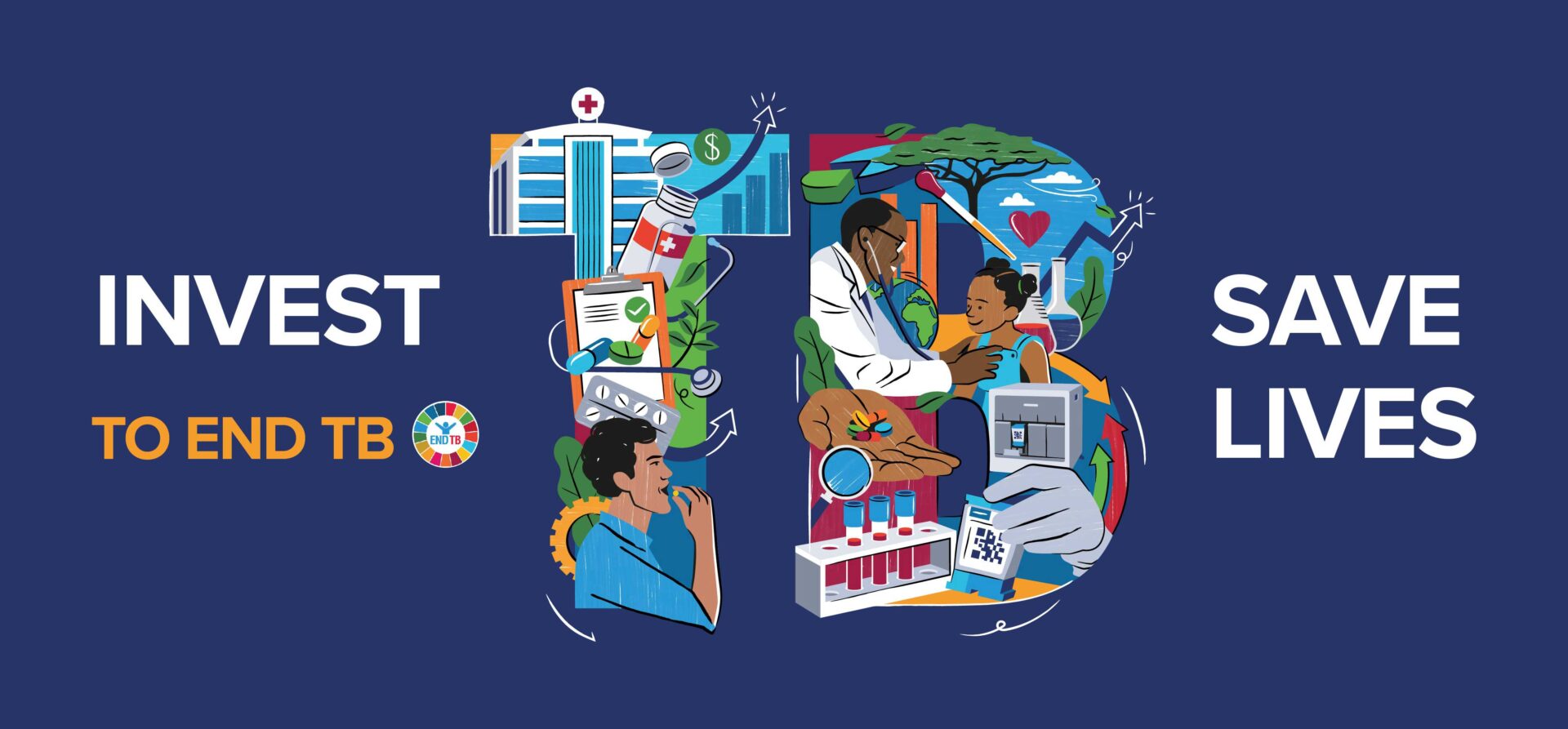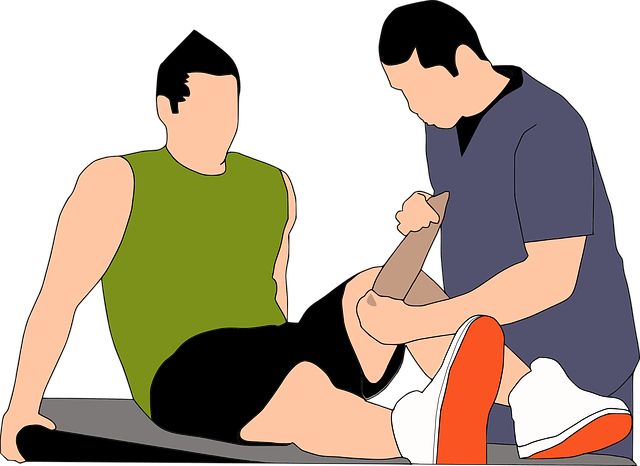Obsessive-Compulsive Disorder (OCD) is a chronic mental health condition that affects people across all ages. It involves intrusive thoughts (obsessions) and repetitive behaviours (compulsions) that significantly interfere with daily life. While therapy and medication remain traditional treatments, newer approaches like Transcranial Magnetic Stimulation (TMS) have gained traction for their non-invasive nature and promising results. But one common question remains: how long does OCD treatment with TMS actually take?
If you are exploring OCD treatment options or considering TMS treatment in Australia, this article provides a straightforward guide on what to expect from the duration of therapy, session structure, and overall progress timeline.
Contents
Understanding OCD and Its Impact
What Is OCD?

OCD is a condition characterised by unwanted, persistent thoughts that trigger anxiety, followed by compulsive actions taken to reduce this distress. These behaviours can range from repetitive checking, cleaning, or arranging, to mental rituals like counting or reassurance-seeking.
The Burden of Untreated OCD
Without proper treatment, OCD can worsen over time. It may interfere with work, relationships, and social life. Early intervention often leads to better long-term outcomes, making it crucial to understand available treatments.
What Is TMS and How Does It Work?
TMS, or Transcranial Magnetic Stimulation, is a non-invasive brain stimulation therapy. It uses magnetic pulses to target specific areas of the brain associated with mood and behavioural regulation.
For OCD, TMS focuses on the prefrontal cortex and connected regions thought to play a role in obsessive thoughts and compulsive behaviour patterns. By stimulating these areas, TMS aims to normalise brain activity and reduce OCD symptoms.
TMS does not require surgery, anaesthesia, or hospitalisation, which makes it an attractive option for individuals looking for an alternative to medication or for those who have not found relief through other treatments.
How Long Does OCD Treatment with TMS Typically Take?
Duration of a Full TMS Course
The standard TMS treatment protocol for OCD involves:
- A typical course of 6 to 8 weeks
- Sessions held 5 days a week
- Each session lasting about 20 to 40 minutes
This equates to approximately 30 to 40 sessions in total. Some clinics may vary the number slightly based on the patient’s specific needs and response to treatment.
Adjustments Based on Progress
Not every person responds to TMS in the same way. Some may experience significant symptom relief within a few weeks, while others may require the full course to notice improvement. In certain cases, a maintenance plan might be recommended after the initial treatment round, where sessions are reduced in frequency (e.g., once a week or fortnightly).
What to Expect During TMS Sessions
Before Starting
A mental health professional will conduct a detailed assessment, including medical history and severity of symptoms. This ensures that TMS is appropriate and that the right brain regions are targeted.
During the Procedure
- You will be seated in a comfortable chair.
- A small electromagnetic coil is placed against your head.
- The device delivers magnetic pulses in short bursts.
- You may feel a tapping sensation or hear clicking sounds during the session.
After the Session
Most people return to their daily routine immediately after. There’s no downtime required. Some may experience mild side effects like scalp discomfort or slight headache, but these usually resolve quickly.
When Can You Expect to See Results?
Gradual Progress
Many patients begin to notice a reduction in OCD symptoms by the third or fourth week of treatment. This progress tends to build gradually and becomes more pronounced as the sessions continue.
Long-Term Outcomes
Studies suggest that symptom relief from TMS can last for months, especially when combined with other therapies like cognitive behavioural therapy (CBT). Follow-up appointments help to assess whether additional or maintenance sessions are needed.
Boosters and Maintenance
In some cases, individuals may require a booster session months after the initial course if symptoms start to return. This is normal and does not mean the treatment failed—it simply reflects the ongoing nature of managing a chronic condition like OCD.
Benefits of Choosing TMS for OCD
- Non-invasive and drug-free: TMS does not involve medication, reducing the risk of systemic side effects.
- Well-tolerated: Most patients find it easy to integrate into their daily routine.
- Customisable: Treatment plans can be tailored to individual responses.
- Can be combined with other therapies: TMS is often used alongside CBT or other psychological treatments for better results.
TMS Treatment in Australia: What You Should Know
Availability
TMS is now offered in many mental health clinics across Australia. Some public health services, private psychiatric practices, and specialised TMS centres provide access to this therapy.
Cost Considerations
While TMS may not be covered under all public healthcare plans, private health insurance and Medicare rebates may partially offset the cost, especially if the treatment is provided as part of a broader mental health plan. It’s best to consult your healthcare provider or clinic to understand your options.
Choosing a Clinic

When selecting a provider for TMS treatment in Australia, consider the following:
- Is the clinic experienced in treating OCD with TMS?
- Do they have qualified mental health professionals on-site?
- Do they offer ongoing support after the course ends?
- Are they willing to collaborate with your psychologist or psychiatrist?
Conclusion
OCD can be an overwhelming condition, but with the right support and treatment, it can be effectively managed. TMS offers a safe, evidence-based approach that many Australians are turning to as part of their treatment journey.
While the average treatment course lasts between 6 to 8 weeks with consistent sessions, the impact can be long-lasting—especially when integrated into a broader mental health plan. If you’re seeking OCD treatment and exploring TMS treatment in Australia, speaking to a qualified provider can help you determine if this approach is suitable for you.




